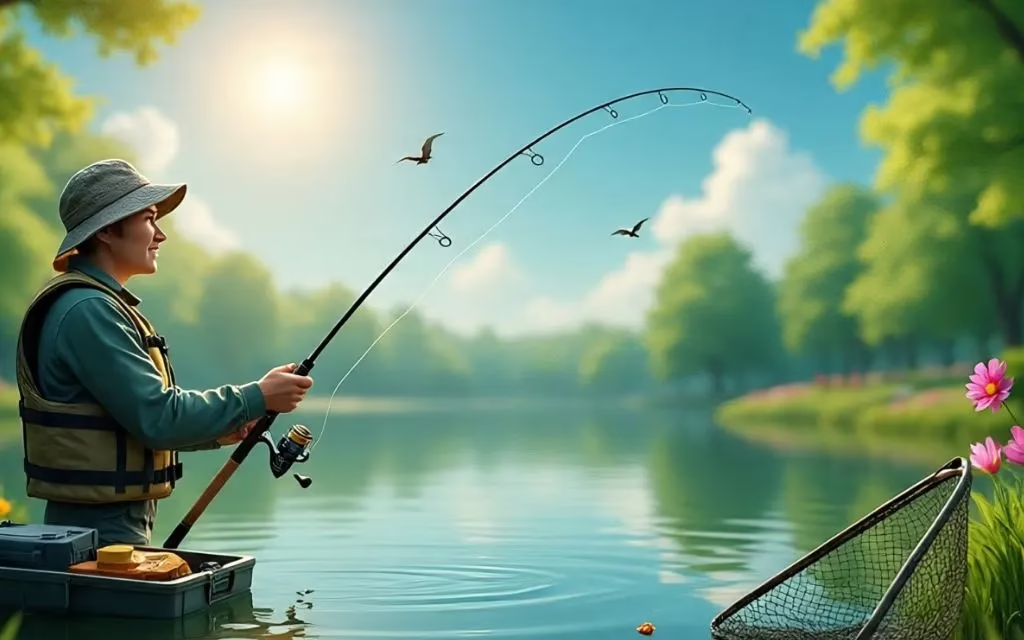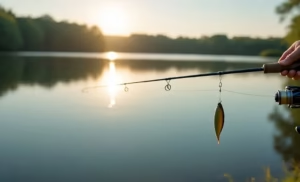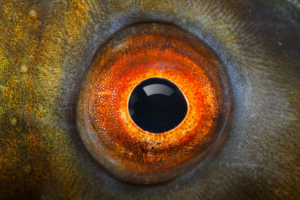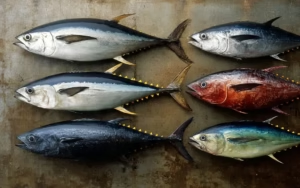Introduction
Finding the best fishing gear can make the difference between a frustrating day on the water and a memorable fishing trip filled with exciting catches. Whether you are a beginner looking for your first setup or a seasoned angler upgrading your tools, selecting the right gear is essential. The right rod, reel, and tackle can improve casting distance, lure presentation, and overall comfort during long hours of fishing. In this guide, we will explore all aspects of fishing equipment, from choosing the right materials to understanding how different setups suit various fishing environments.
Understanding What Makes the Best Fishing Gear
Not all fishing equipment is created equal. The best fishing gear combines durability, performance, and comfort. It should be tailored to your target species, fishing style, and environment. Good gear helps you adapt to different fishing conditions and gives you a better chance of landing your dream catch. Factors like the type of water, target fish size, and even weather patterns should influence your decisions.
High-quality fishing equipment often lasts for years, making it a worthwhile investment. Whether you are chasing freshwater bass in a quiet lake or battling saltwater giants offshore, the right gear will help you perform at your best.
Choosing the Right Fishing Rod
The fishing rod is the backbone of your setup. It determines how far you can cast, how you control the lure, and how much power you have when reeling in a fish. When choosing a rod, consider the following:
- Rod Length: Longer rods generally cast farther, while shorter rods offer more control.
- Rod Action: Fast action rods bend mostly at the tip, offering sensitivity for detecting bites, while slow action rods bend along the entire length for a more forgiving feel.
Your rod should match the species you are targeting. For example, a medium-heavy rod is perfect for bass fishing, while a light rod is better for trout or panfish.
Selecting the Perfect Reel
The reel works hand in hand with your rod. There are three main types: spinning reels, baitcasting reels, and spincast reels. Spinning reels are versatile and great for beginners. Baitcasting reels offer precision and power, ideal for experienced anglers. Spincast reels are simple and tangle-free, often used by newcomers.
When selecting the reel, ensure it matches the rod’s weight and length. The best fishing gear often includes reels with smooth drag systems and high-quality bearings, providing better control and reducing the risk of line breakage.
Fishing Line Choices
Your fishing line is the direct connection between you and the fish. Choosing the right type can influence your success. Monofilament lines are affordable and stretch to absorb shocks. Fluorocarbon lines are nearly invisible underwater and ideal for clear water fishing. Braided lines are strong and have no stretch, perfect for heavy cover situations.
Consider the pound test of the line, which should match the weight of your target fish. Using the wrong line can cost you a trophy catch.
The Role of Lures and Baits
Lures and baits are what attract fish to bite. The best fishing gear collection always includes a variety of them. Artificial lures like crankbaits, spinnerbaits, and soft plastics mimic prey, while live baits such as worms, minnows, and shrimp offer a natural scent and movement.
Successful anglers often carry multiple lure types to adapt to changing conditions. Bright colors work well in murky waters, while natural tones are better for clear waters.
Essential Fishing Accessories
Beyond rods, reels, and lines, there are accessories that can enhance your fishing experience. These include tackle boxes for organization, pliers for hook removal, and fishing nets for safely landing fish. A good pair of polarized sunglasses can reduce glare, helping you see fish and underwater structures more clearly.
The two accessories every angler should invest in are:
- A comfortable fishing vest with multiple pockets for quick access to gear.
- A high-quality cooler to keep drinks, snacks, and the catch fresh during long trips.
Freshwater vs. Saltwater Gear
Fishing in freshwater is different from fishing in saltwater. Saltwater environments are more corrosive, so equipment must be made from materials resistant to rust. The best fishing gear for saltwater includes rods with corrosion-resistant guides, reels with sealed bearings, and lines that can withstand heavy drag pressure.
Freshwater gear is often lighter and more sensitive, perfect for species like bass, trout, and pike. Always match your gear to the environment for the best results.
Seasonal Fishing Gear Adjustments
The type of gear you need can change with the seasons. In spring, lighter lines and smaller lures may work better as fish feed on smaller prey. Summer may require heavier tackle for aggressive fish. Fall often brings larger fish closer to shore, making it a great time for medium to heavy setups. Winter fishing demands patience, warm clothing, and sometimes specialized ice fishing gear.
Caring for Your Fishing Equipment
Maintaining your equipment ensures it stays in top condition for years. Always rinse saltwater gear with fresh water after use. Check rods and reels regularly for damage, and store them in a dry, cool place. Replace fishing lines periodically to prevent weakening.
Investing in protective rod sleeves and reel covers can prevent scratches and extend the life of your setup.
Advanced Tools for Serious Anglers
Modern fishing technology has brought innovations like fish finders, GPS mapping, and underwater cameras. These tools can help you locate fish more efficiently and increase your chances of a successful trip. While not essential for beginners, they can be a valuable addition to the best fishing gear collection for experienced anglers.
Matching Gear to Your Fishing Style
Your preferred fishing method should influence the gear you choose. Fly fishing, for example, requires specialized rods, reels, and flies. Ice fishing demands short rods, specialized reels, and insulated clothing. Offshore trolling calls for heavy-duty rods, powerful reels, and large lures.
Understanding your style ensures you invest in the right tools for your needs.




